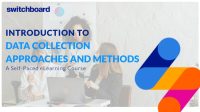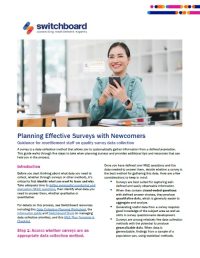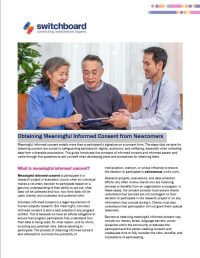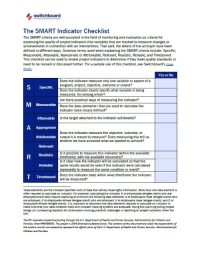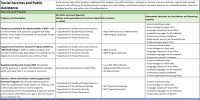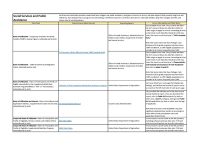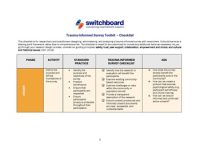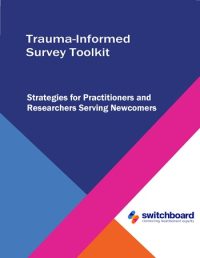Collecting high-quality data is essential in refugee service work, whether for client needs assessments, program evaluations, or organizational learning. But sometimes even well-intentioned surveys can unintentionally create stress, reduce trust, or compromise the accuracy of the data collected. Switchboard’s Trauma-Informed Survey Toolkit (TIST) was developed to help service providers design surveys that are safe, respectful,…


